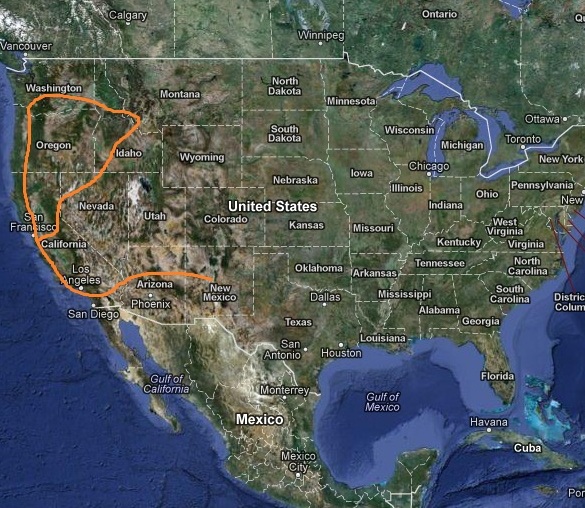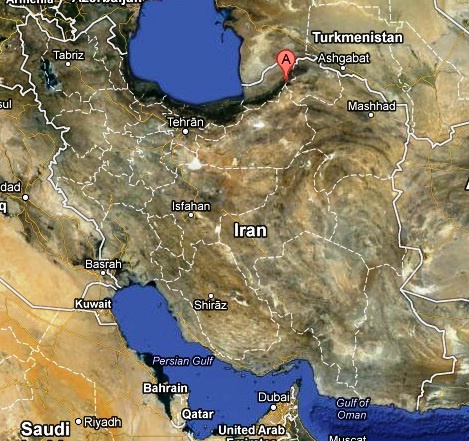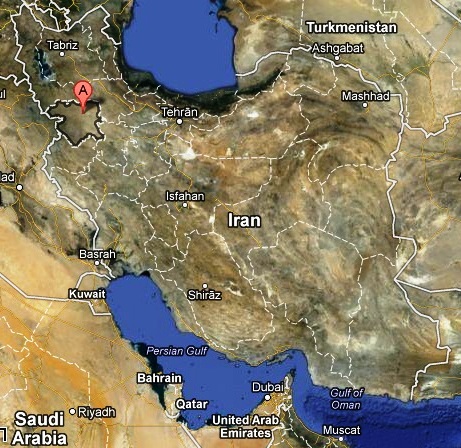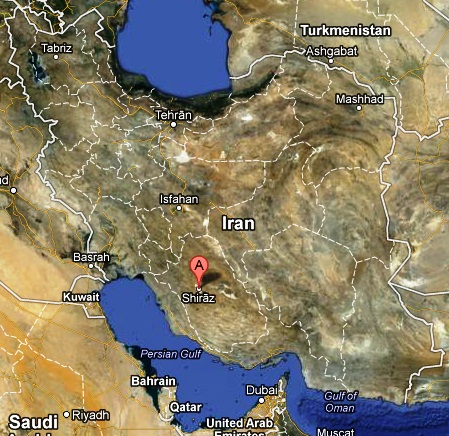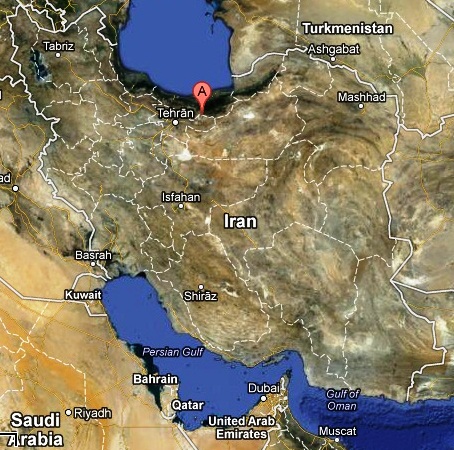




In this page, I am presenting some of the pictures that I (or my friends) have taken during our numerous plant collecting trips. I have provided some fun facts about the plants, locations, etc. To see the pictues in higher resolution, please click on the pictures.
Section 1, Field trips in the United States
July 16, 2011-August 15, 2011
I took following pictures during a field trip to western US, with Dr. Donald Les. During
the trip, we collected aquatic plants in states of New Mexico, Arizona, California
, Oregon, Washington, Nevada and Idaho.
| 8-1
|
8-2
|
|
| 8-3
|
8-4
|
8-5
|
| 8-6
|
8-7
|
8-8
|
Section 2, Field Trips in Iran
June 5, 2008
I took following pictures during a class trip to Golestan National Park, Iran.
Green hills were the dominant feature of the area (picture 7-1), although I observed
an arid area on the western side of the park. Pictures 7-2 and 7-3 are a honeysuckle
(Lonicera floribunda) and a plant from aster family (Asteraceae), respectively.
I, as well as my classmates, were all excited when somebody found a praying mantis
(picture 7-4). Later on, I took picture 7-5, which was our snack, in Nahrakhoran forest
on our way back from Golestan National Park.
| 7-1
|
7-2
|
|
| 7-3
|
7-4
|
7-5
|
May 9, 2008
On my way back from Kurdistan, I decided to visit Almout Mountains to search for wild onion species. I found a species
(pictures 6-1 and 6-2) that looked
somewhat different from other species. Later, after consulting with Professor Reinhard Fritsch (a botanist from Gatersleben, Germany), I found out that this was a new species and
reported the new species in a scientific paper (see the paper). I named the new species Allium alamutense after Alamout Mountain
which is a historically interesting site.
| 6-1
|
6-2
|
May 6, 2008
Kurdistan is a province of Iran, and it is distinguished by its natural beauty and outstanding culture. I was lucky
enough to have a trip to Kurdistan in late spring. I enjoyed hiking on Abidar Trail (picture 5-1) in Sanandaj (Capital City of Kurdistan).
I came across many interesting creatures, such as a snails and lizards (pictures 5-2 and 5-3). Also, I got to see water lilies
(picture 5-4) in
Zerivar Lake (picture 5-5), which gives the area a special attraction.
| 5-1
|
5-2
|
|
| 5-3
|
5-4
|
5-5
|
December 11, 2007
I took following four pictures in a class trip to Maranjab Desert, Iran. During the trip, I slept in our bus which we parked near an old
caravanserai.
It was still in good shape and I was fascinated by its excellent architecutre (picture 4-1). I also got to see cotton farms (picture 4-2 and picture 4-3).
The highlight of the trip was seeing many succuluent plants in the desert. These plants are amazingly drought-tolerant and give the desert a unique beauty (picture 4-4).
I tried eating one of them! It tasted like pickled cucumbers.
4-1
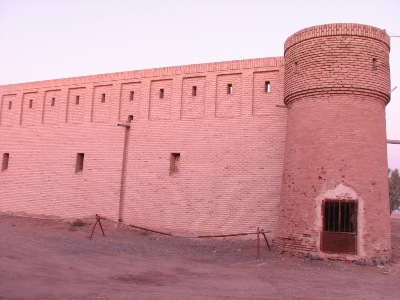
|
4-2
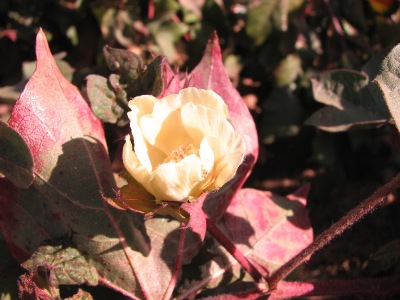
|
4-3
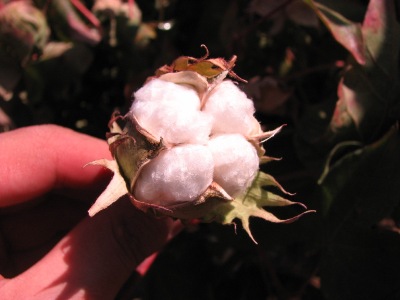
|
4-4

|
March 14, 2007
Following two rows of pictures were taken during a field trip around Shiraz, Iran. During that trip
, I collected some juniper (Juniperus sp.; picture 3-1) specimens. Also, I got to visit
Hafezie (Hafez's
Tomb), picture 3-2. Sometimes it was hard to find lodging (picture 3-3).
However, I got to enjoy the relaxing desertic habitats (picture 3-4) around Shiraz, and see wild almond trees (Amygdalus sp. in bloom, picture 4-5)
| 3-1
|
3-2
|
|
| 3-3
|
3-4
|
3-5
|
May 5, 2006
An Astragalus plant (picture 2-1) from legume family, a plant from aster family (picture 2-2), and
a beautiful wild onion species (Allium derderianum, picture 2-3); taken during a field trip to Alborz Mountain Range, Iran.
During my xploration in Alborz Mountain Range, I got to see Mount Damavand (picture 2-4), which is well-known for
its height and unique conical shape. There have been numerous mentions of Mount Damavand in Iranian folklore.
In late spring, you can find many clumps of Onobrychis, which gives the mountains a pink color.
| 2-1
|
2-2
|
|
| 2-3
|
2-4
|
2-5
|
March 13, 2006
Pictures of mangrove trees, taken during a class trip to Bandar e Khamir, Hormozgan, Iran.
The upright roots of these trees can emerge from the mud to perfom gas exchange.
| 1-1
|
1-2
|
Full-of-fun Collection Travels

I need to travel a lot to collect as many Elatine specimens as possible. So far, I have some travels to Western United States, State of Connecticut, and State of Massacheusetts.
Teaching experience at EEB

I have had the opportunity to teach both undergraduate- and graduate levels in EEB at University of Connecticut. Introduction to Biology Lab (1102) in Fall, 2010 and Systematic Botany Lab (3271/5271) in Spring 2011.
Lab Work
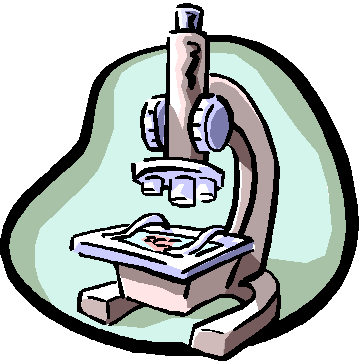
As a doctoral student in Dr. Les Lab, I have been working with cutting-edge methodologies in Biology, including DNA extraction, amplification of various molecular markers, ...
